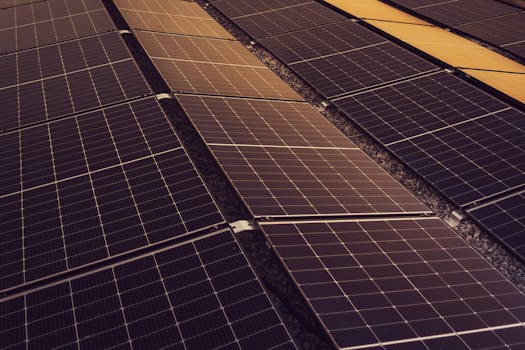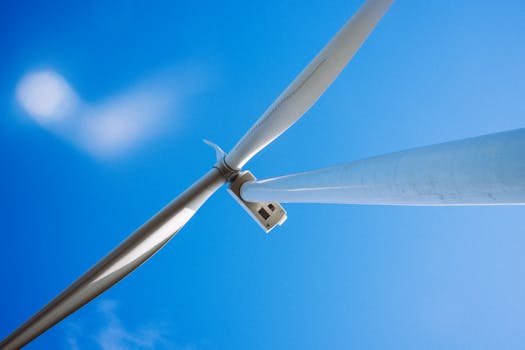
The Integral Role of Mechanics in Advancing Renewable Energy Technologies
Takeaways:
- Mechanics is essential in designing and optimizing renewable energy systems.
- Mechanical engineering principles aid in the efficiency of solar panels, wind turbines, and other technologies.
- The integration of advanced mechanical systems enhances the sustainability of energy production.
- Understanding mechanical dynamics is vital for reducing maintenance costs and improving reliability.
As the world increasingly shifts towards sustainable energy solutions, the role of mechanics in renewable energy technologies becomes more critical. From the intricate designs of wind turbines to the efficient operation of solar panels, mechanical principles underpin a significant portion of the innovations driving the renewable energy sector. This article delves deep into how mechanics plays a pivotal role in the development, efficiency, and sustainability of renewable energy technologies.
Understanding Mechanics in Renewable Energy

One of the most prominent examples is the mechanical design of wind turbines. The blades of a wind turbine are engineered to capture wind energy efficiently. The angle, length, and material of the blades are all influenced by mechanical principles that optimize energy conversion. Mechanics also plays a crucial role in ensuring the structural integrity of the turbine, enabling it to withstand harsh environmental conditions while maintaining operational efficiency.
Mechanics in Solar Energy Technologies

Moreover, the materials used in the construction of solar panels must be carefully selected for their mechanical properties, ensuring that they can withstand environmental stresses such as wind, rain, and snow. Mechanical testing of these materials is essential to guarantee their durability and performance over time. Additionally, maintenance practices informed by mechanical principles help in prolonging the lifespan of solar installations, making them more economically viable.
Advancements and Innovations in Renewable Energy Mechanics

Another area of innovation is the integration of smart mechanical systems in renewable energy technologies. These systems utilize sensors and automation to monitor performance and optimize energy generation. For example, in wind farms, data analytics driven by mechanical systems can forecast wind patterns, allowing for better management of turbine operations. This results in improved energy efficiency and reduced operational costs.
Furthermore, mechanics plays a vital role in energy storage solutions, such as flywheels and compressed air energy storage. Understanding the dynamics of these systems is crucial for designing efficient energy storage solutions that can effectively balance supply and demand in renewable energy production.
Conclusion








